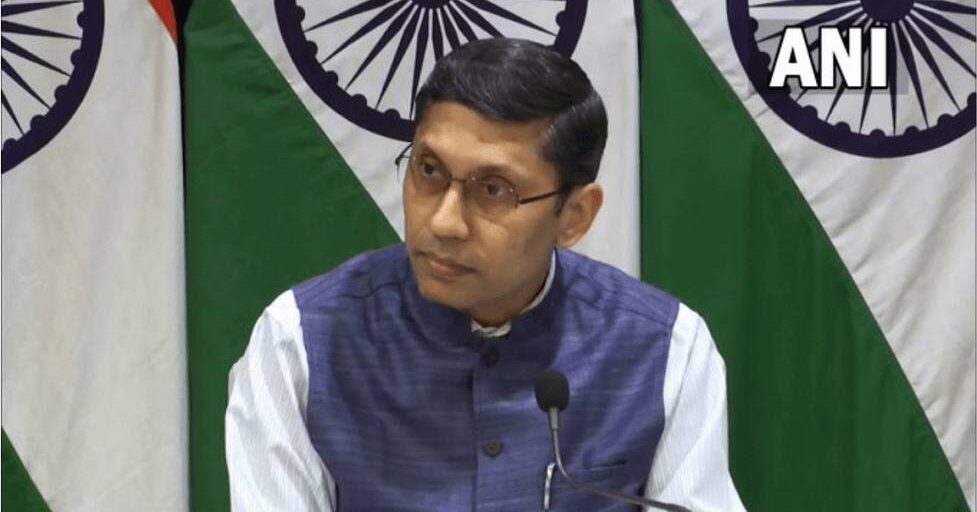
New Delhi: Ministry of External Affairs said that the government has been closely monitoring China’s ‘building of a bridge’ in border areas that have been under illegal occupation of China for around 60 years. The Ministry added that New Delhi is taking all necessary steps to ensure that its security interests are fully protected.
‘The Government has been monitoring this activity closely. This bridge is being constructed in areas that have been under illegal occupation by China for around 60 years now’, Ministry of External Affairs’ spokesperson Arindam Bagchi said, when enquired about India’s position over the bridge being built by China near Pangong Tso. ‘As you are well aware India has never accepted such illegal occupation. Separately, the government has been taking all necessary steps to ensure that our security interests are fully protected’, Bagchi said.
Bagchi further asserted that as part of these efforts, the government has also, in the last seven years, increased significantly the budget for the development of border infrastructure and completed more roads and bridges than ever before. These have provided much-needed connectivity to the local population as well as provided logistical support to armed forces, said Bagchi, adding that the government remains committed to this objective.
Also read: Centre constitutes three-member committee to enquire security lapse in PM’s Punjab visit
With regard to the reports of the Chinese side renaming some of the places in Arunachal Pradesh last week, Bagchi said, ‘we had at that time conveyed our issues on such ridiculous exercise to support untenable territorial claims. Calling Tutin as Tawdang or river Xiaong as Chimu or even kibitz as Dawa does not alter the fact that Arunachal Pradesh has always been and will always be an inalienable part of India’. ‘We hope that instead of engaging in such antics, China will work constructively with us to resolve the outstanding frictious points in areas along with the Western Sector of the Line of Actual Control in India-China border areas’, he added.

Post Your Comments